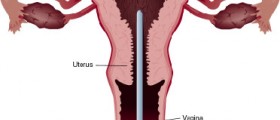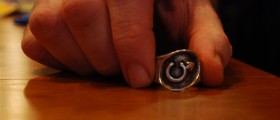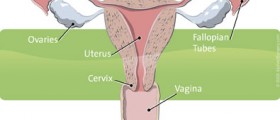
There are various techniques used for endometrial ablation, but despite rather different methods, it all boils down to this endometrial ablation destroys the inner-most lining of the uterus, after which the uterus heals by scarring. After the procedure is complete, hopefully your heavy and painful periods will have come to an end or your discomfort will at least have decreased greatly.
The different techniques for endometrial ablation include:
Laser thermal ablation Thermal balloon ablation Freezing Radiofrequency ablation ElectrictyNovaSure endometrial ablation is one example of an ablation procedure. Endometrial ablation is normally carried out as an outpatient procedure at a hospital or clinic, and tends to be over in 45 minutes to two hours. Depending on the procedure you choose, your recovery will take around two weeks. You will need somebody to drive you home after the procedure and you are likely to experience heavy bleeding and cramping afterward, including passing clots.
Hopefully, that will be the very last time that you suffer a "heavy period". The uterus will heal through scarring after endometrial ablation. We do want to take the opportunity to point out that endometrial ablation is not at all compatible with pregnancy. After you have undergone endometrial ablation, you will need to take permanent birth control measures. Some doctors recommend Adiana or Essure permanent contraception, which both work by blocking the fallopian tubes and are minimally invasive procedures.
- medlineplus.gov/ency/article/007368.htm
- www.cdc.gov/nhsn/xls/cpt-pcm-nhsn.xlsx
- Photo courtesy of Lindsey Turner via Flickr: www.flickr.com/photos/theogeo/2505883208/

















Your thoughts on this
Loading...